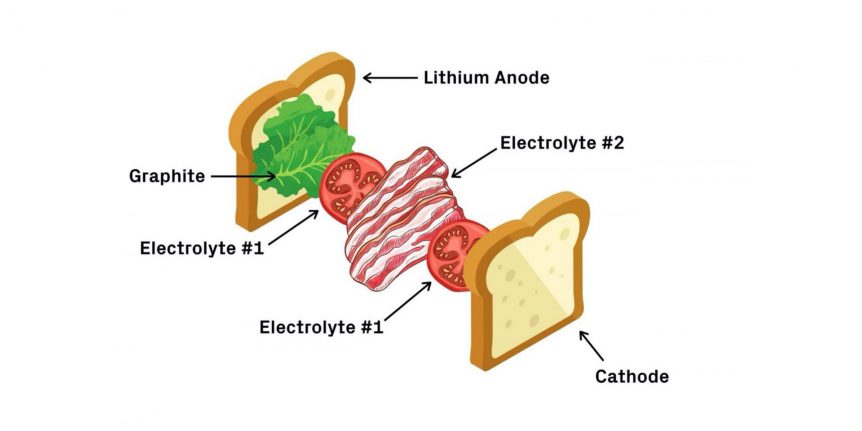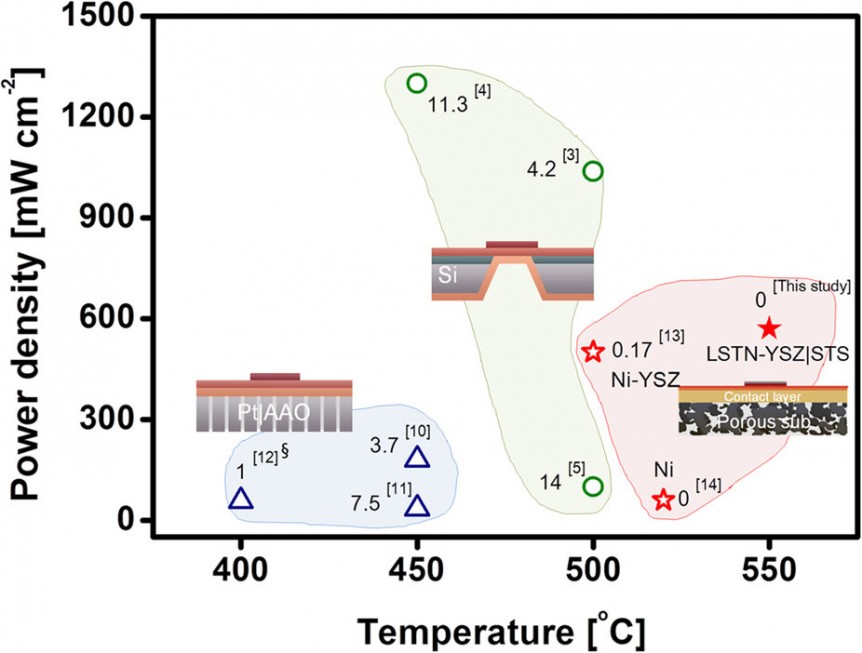Hope reigns eternal for those tracking battery developments. But for once, or even twice, there may be a glimmer of hope with two cutting edge batteries. Researchers at Zhejiang University in China and Harvard University in America report promising numbers for very approaches, as divergent as their geographical locations. Ultrafast All-climate Aluminum-graphene Battery with Quarter-million Cycle Life Researchers at the verbosely named MOE Key Laboratory of Macromolecular Synthesis and Functionalization, Department of Polymer Science and Engineering, Key Laboratory of Adsorption and Separation Materials and Technologies of Zhejiang Province, Zhejiang University, announced their extreme long-life battery under the almost equally verbose title shown above. The journal Science Advances published the research team’s paper in its December 15, 2017 issue, making one wonder why it’s only now being noted in publications here. The abstract for the paper reports remarkably high charge retention after a quarter million cycles and what would seem abusive “folding.” “Rechargeable aluminum-ion batteries are promising in high-power density but …
Phosphorene Nanoribbons may Enhance Batteries, Solar Cells
A great deal is made of how many great scientific discoveries are made by accident for everything from penicillin to Post-its®. With no fewer than ten authors for the Nature letter “Production of phosphorene nanoribbons,” their discovery hardly seems “accidental.” The letter, authored by Mitchell C. Watts, Loren Picco, Freddie S. Russell-Pavier, Patrick L. Cullen, Thomas S. Miller, Szymon P. Bartuś, Oliver D. Payton, Neal T. Skipper, Vasiliki Tileli and Christopher A. Howard, explains their happy “accident.” A Happy Accident “Nanoribbons, meanwhile, combine the flexibility and unidirectional properties of one-dimensional nanomaterials, the high surface area of 2D nanomaterials and the electron-confinement and edge effects of both. The structures of nanoribbons can thus lead to exceptional control over electronic band structure, the emergence of novel phenomena and unique architectures for applications.” The discoverers of phosphorene nanoribbons were trying to separate layers of phosphorus crystals into two-dimensional sheets, but they ended up with “tiny, tagliatelle-like ribbons one single atom thick and only 100 atoms of so across, but up to 100,000 …
MIT’s Ionic Flyer – Solid State All the Way
This week, a kerfuffle tsunami has swept through the aeronautical press, with the announcement by Steven Barret of the Massachusetts Institute of Technology (MIT) that he has flown an ion-powered airplane that “doesn’t depend on fossil fuels or batteries.”* (A minor point – the airplane does have a battery that gets its output voltage ramped up by a custom power supply.) Five years ago, your editor reported on ionic thrusters, several of which were being tested by Barrett, associate professor of aeronautics and astronautics. These little devices have great promise for moving vehicles in space, where the vacuum presents no aerodynamic drag to overcome. Even a small nudge from a thruster in space will cause a vehicle to accelerate. They work fine for low-speed propulsion of small balloons here on earth, or for lightweight lifters as part of science demonstrations, but have been neglected for heavier-than-air craft until now. Comparing the development level of his ionic airplane to that of …
Fuel Cells for Drones: Going for Endurance
Several fuel cell developments show there are lots of options for burning hydrogen, if we can only make and distribute it in great enough quantities. Most noteworthy, fuel cells could provide increased endurance and range compared to batteries. Professor Gyeong Man Choi and his Ph.D. student Jun Joong Kim, working at the Pohang University of Science & Technology (POSTECH) in South Korea, have developed a miniaturized solid oxide fuel cell (SOFC) that can fly a drone for more than an hour. On the consumer front, their fuel cell would allow cell phones to be charged just once a week. The professor and his students created the fuel cell to directly replace the batteries normally found in cell phones, laptop computers, and drones. Their third generation SOFC “has been highly evaluated” because it is not restricted to smaller forms, but could be scaled to larger capacities “that can be used for a vehicle.” The fuel cell has a simple structure and …



